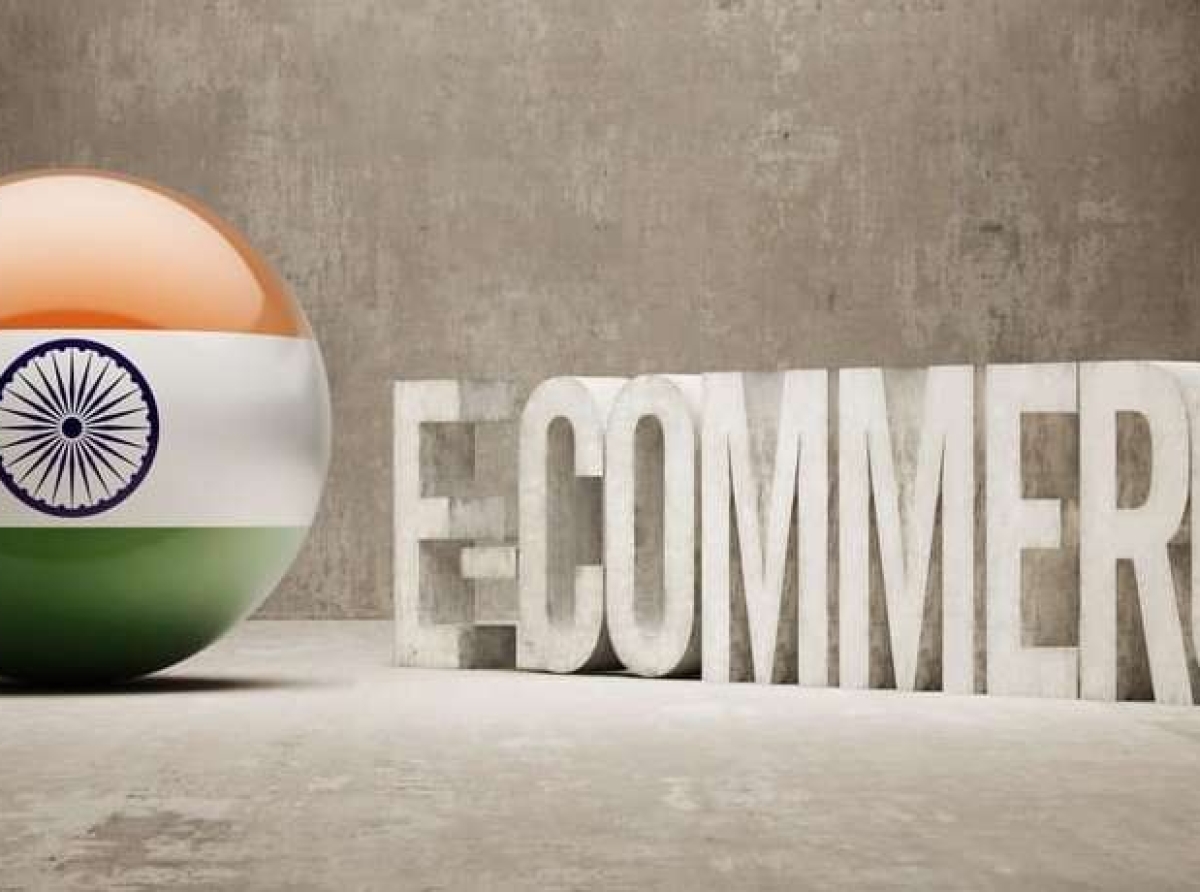21 December 2023, Mumbai
WHY India
India’s e-commerce is on a growth trajectory best described as on steroids. The government e-marketplace (GeM) reaped its highest Gross Merchandise Value of $ 2011 billion, according to a government of India news portal.
As smartphone usage in India gallops to over a billion by the end of 2023 according to market research firm Statista, nearly 100 percent of Indian pin codes have experienced e-commerce adoption, implying the platform’s influence beyond Indian metropolises.
Fueled by low-cost data, enhanced spending power, ease of digital payments, and improved logistical infrastructure that enables smoother deliveries, India’s e-commerce is slated to grow by 18 percent per year until the projected period of 2025, with over a billion Internet users by then.
Multiple data-points
According to the Telecom Regulatory Authority of India’s (TRAI) telecom service performance indicators, March 2023 recorded over 880 million domestic Internet users. In 2022, Indian e-commerce and consumer internet companies raised $15.4 billion in private equity funds and venture capital funding, compared to $8.2 billion raised similarly in 2020. Electronics and apparel make up nearly 70 percent of the e-commerce market when evaluated against transaction value.
Nuanced picture
Other new upcoming categories within e-commerce include education technology, food technology, and hyperlocal delivery.
Currently, the major investors in India are Amazon, Flipkart, Zomato, Nykaa, and Snapdeal, amongst others. Walmart upping its share in Flipkart to 80.5 percent in July 2023 with a $3.5 billion investment is a testimony that India’s e-commerce retail is where all the big guns want to be.
The fashion sector accounts for 18.5% of Indian e-commerce
India’s domestic fashion sector has benefitted substantially thanks to the rise of e-commerce, allowing fashion to spread across the length and breadth of the nation, with a whopping 52 per cent of the world’s most populated country below the age of 30, the primary market for the sector.
Fashion may have been restricted to being aspirational in the past but e-commerce has set it free. According to data from McKinsey's FashionScope, in 2022, India's apparel market was worth $59.3 billion, making it the sixth largest in the world, comparable to the United Kingdom and Germany.
Observations
In a recent report published by ecommercedb.com, the Indian fashion e-commerce market is predicted to reach $16.1 billion by 2023 and account for 18.5 percent of the total e-commerce market in India. By 2027, this figure is projected to reach a projected market volume of nearly $17 billion.
In 2022, the top five online stores in the Indian fashion market will be ajio.com, zivame.com, adidas.co.in, jiomart.com, and firstcry.com. In 2022, Ajio lead this market with revenues of $191.2 million, followed by Zivame with sales of $163.2 million and Adidas with sales of $132.1 million.
Together, the top three online stores accounted for a market share of 50.4 per cent of the top 100 stores in the Indian fashion market.
Indian platform that changed the game
Before Flipkart, e-commerce was not very well-known in India. Flipkart made online shopping accessible to people across the country and provided a platform for small businesses and individuals to sell their products.
It revolutionized the way people shop in India, offered a wide range of products at competitive prices, and provided a convenient shopping experience, which made it easier for people to buy products online.
It had the distinction of introducing several new features, such as cash on delivery, product exchange, and easy returns, which helped build trust among consumers.
In essence, As India moves forward as the world’s fifth-largest economy, with the possibility of being the third-largest in the decade to come, it will likely be among the top three e-commerce powerhouses soon.
5 Key Insights:
Overall E-commerce:
- Steroids: Explosive growth, projected 18% annual increase
- Ubiquitous: Nearly 100% pin code adoption, beyond metros
- Fueled: Low data cost, empowered consumers, smooth logistics
- Giants: Amazon, Flipkart, Zomato, Nykaa leading the charge
- Future: Top 3 global powerhouse potential

























